The hijab is a headscarf worn by Muslim women, but it’s also a multifaceted concept. At WHY.EDU.VN, we aim to provide clarity on this topic, exploring the diverse reasons behind this practice and addressing common misconceptions. Discover the empowering and personal choices associated with wearing a hijab, and explore the cultural and religious influences that shape this tradition.
This article delves into the motivations, interpretations, and societal implications surrounding the hijab, offering a comprehensive understanding of modesty, empowerment, and religious expression. Explore related concepts like niqab and burqa.
1. What is a Hijab?
A hijab is more than just a head covering; it represents modesty, faith, and personal choice for Muslim women. The term “hijab” has diverse meanings, encompassing physical headscarves and deeper symbolic representations.
According to Dr. Zuleyha Keskin, Associate Professor at the Centre for Islamic Studies and Civilisation at Charles Sturt University (CSU), the word “hijab” translates to a “veil of protection” or a “spiritual veil”. It acts as a shield against negative influences, safeguarding one’s connection with God (Allah).
The practice of hijab involves wearing a head covering, adopting modest mannerisms, and upholding strong morals and values, open to individual interpretation.
2. What is the Purpose of the Hijab?
The primary purpose of the hijab is to observe modesty, a principle emphasized in the Qur’an for both Muslim men and women. Islamic law dictates that this practice should begin at puberty.
The Qur’an contains two key verses concerning hijab:
- The first instructs men to lower their gaze and observe modesty, known as “hijab of the eyes.”
- The second states that women should dress modestly, covering their bodies, which many interpret as including their hair.
Professor Keskin emphasizes that hijab requires both men and women to be mindful of their interactions, ensuring morality based on Islamic values.
3. Hijab vs. Burqa: Understanding the Differences
The hijab, as a garment, is a headscarf worn by Muslim women to cover their hair and neck, according to Professor Hakan Coruh, a senior lecturer in Islamic studies at CSU. It’s important to distinguish it from other forms of veiling.
Professor Coruh notes that women express their hijab in various ways, including pinning styles, coverage levels, and color/fabric choices, often influenced by fashion trends and cultural backgrounds.
Other garments worn by Muslim women, based on their interpretation of the Qur’an, include:
- Burqa: A garment covering the entire body and face, featuring a mesh window for sight.
- Jilbab: An outer garment covering the entire body, often paired with a niqab.
- Niqab: A veil that covers a woman’s face and hair.
- Chador: A full-length cloak covering the head and body, leaving the face uncovered.
- Khimar: A long, wide headscarf concealing a woman’s upper body.
- Dupatta: A scarf worn loosely at the back of the head or as a veil/shoulder wrap.
| Garment | Description | Coverage |
|---|---|---|
| Hijab | Headscarf covering hair and neck. | Hair, Neck |
| Burqa | Covers entire body and face with a mesh window for the eyes. | Entire Body, Face |
| Jilbab | Outer garment covering the entire body. | Entire Body |
| Niqab | Covers the face and hair. | Face, Hair |
| Chador | Full-length cloak covering the body but leaving the face uncovered. | Body |
| Khimar | Long, wide headscarf concealing the upper body. | Upper Body |
| Dupatta | Scarf worn loosely at the back of the head or as a veil/shoulder wrap. | Varies |
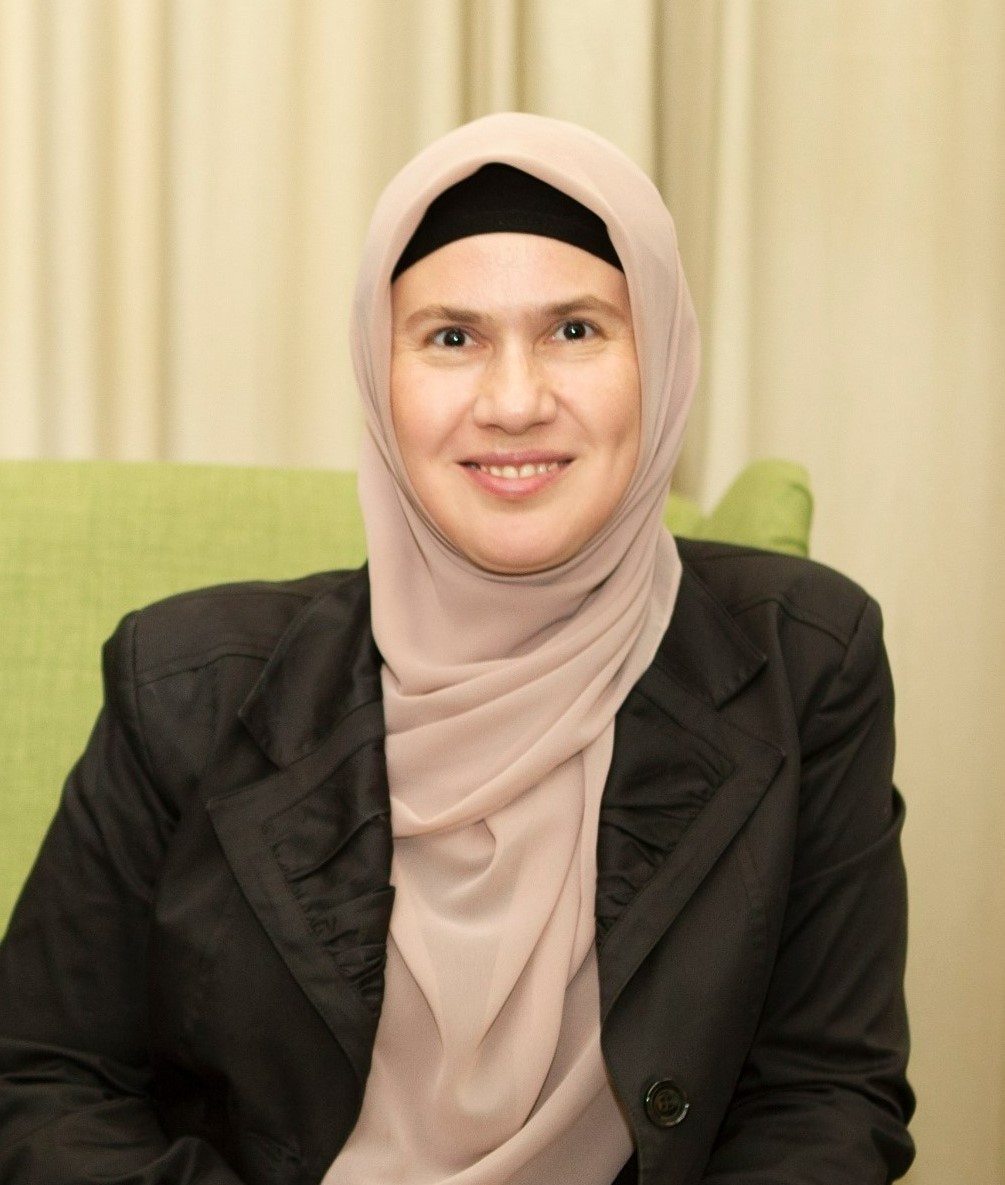
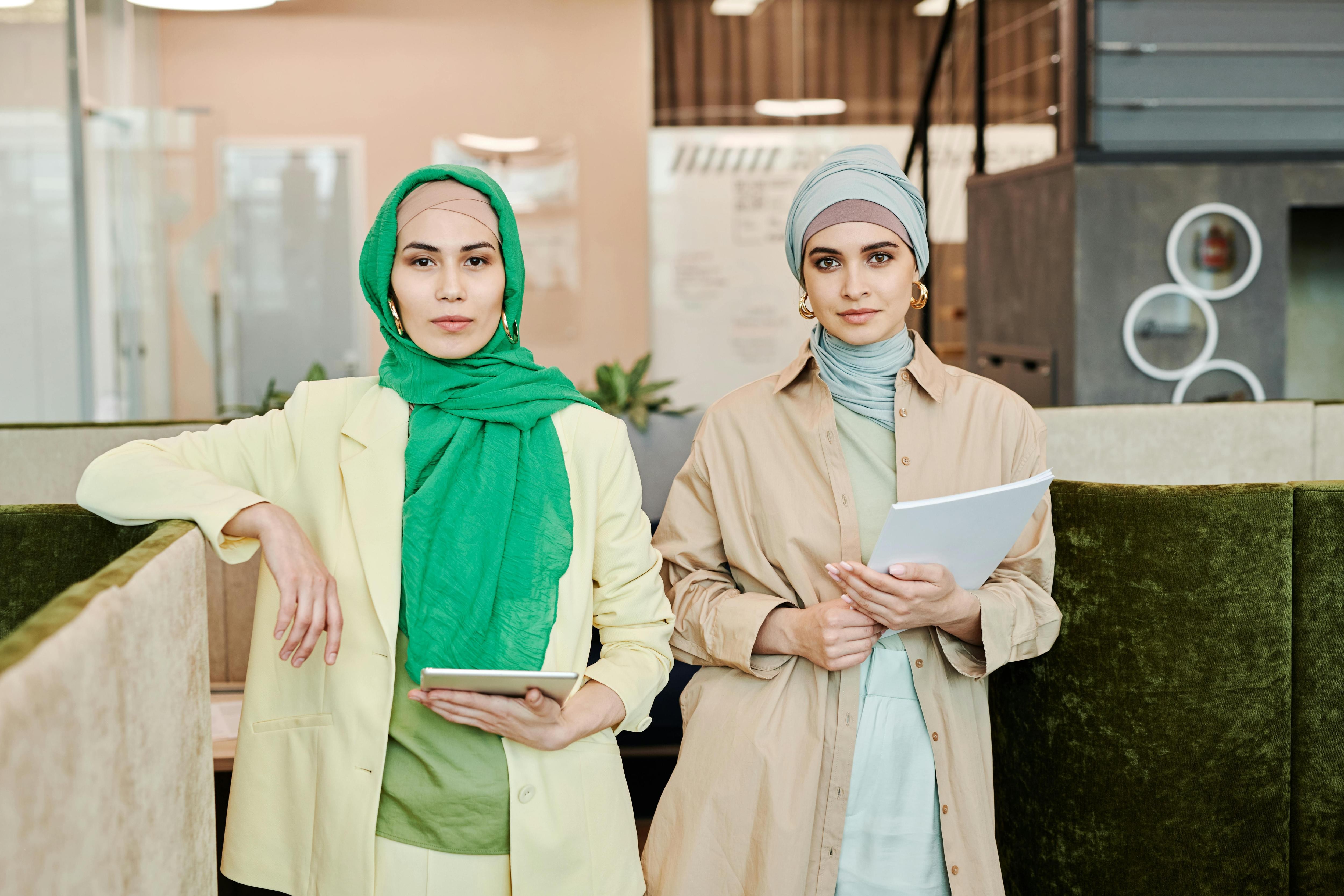
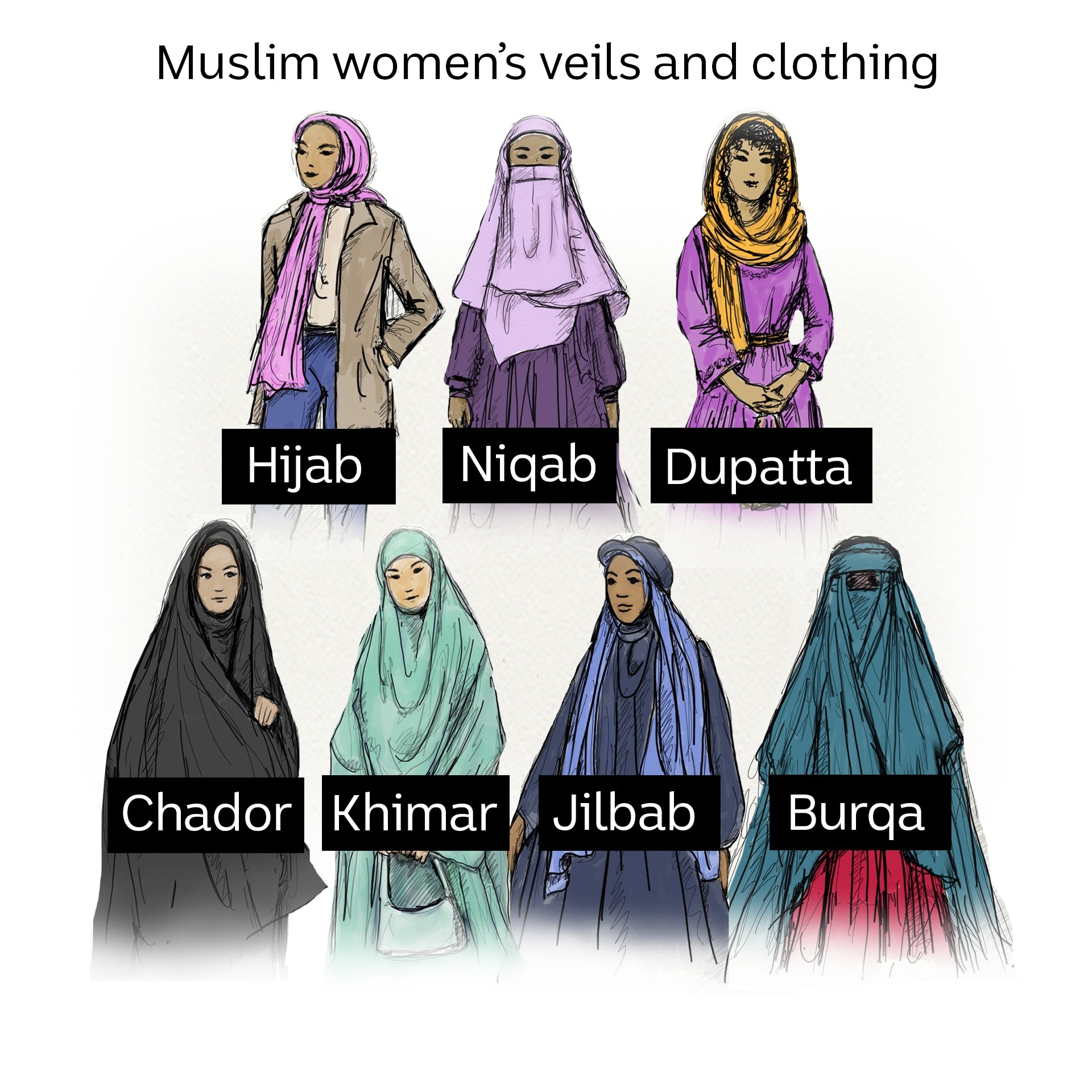
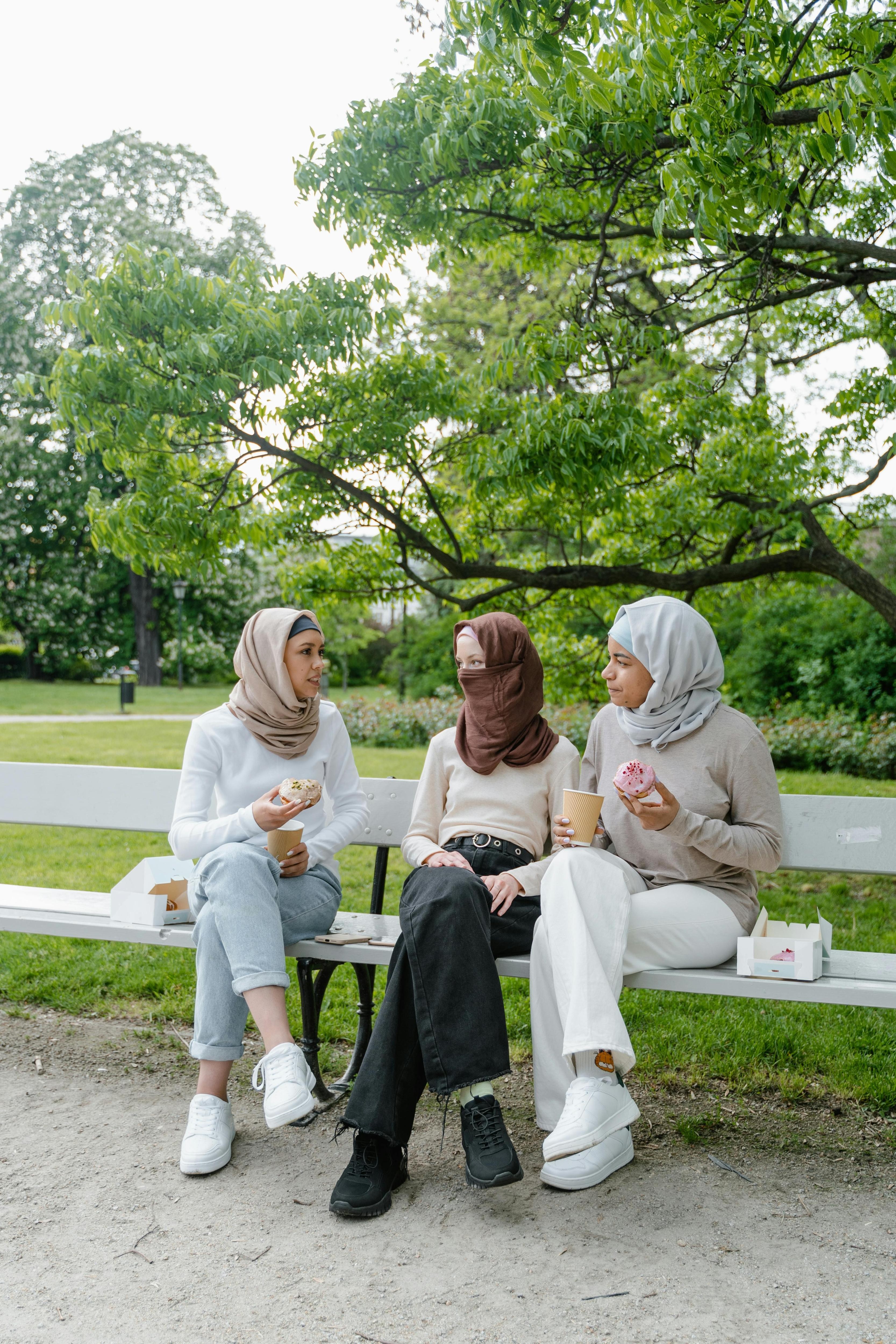
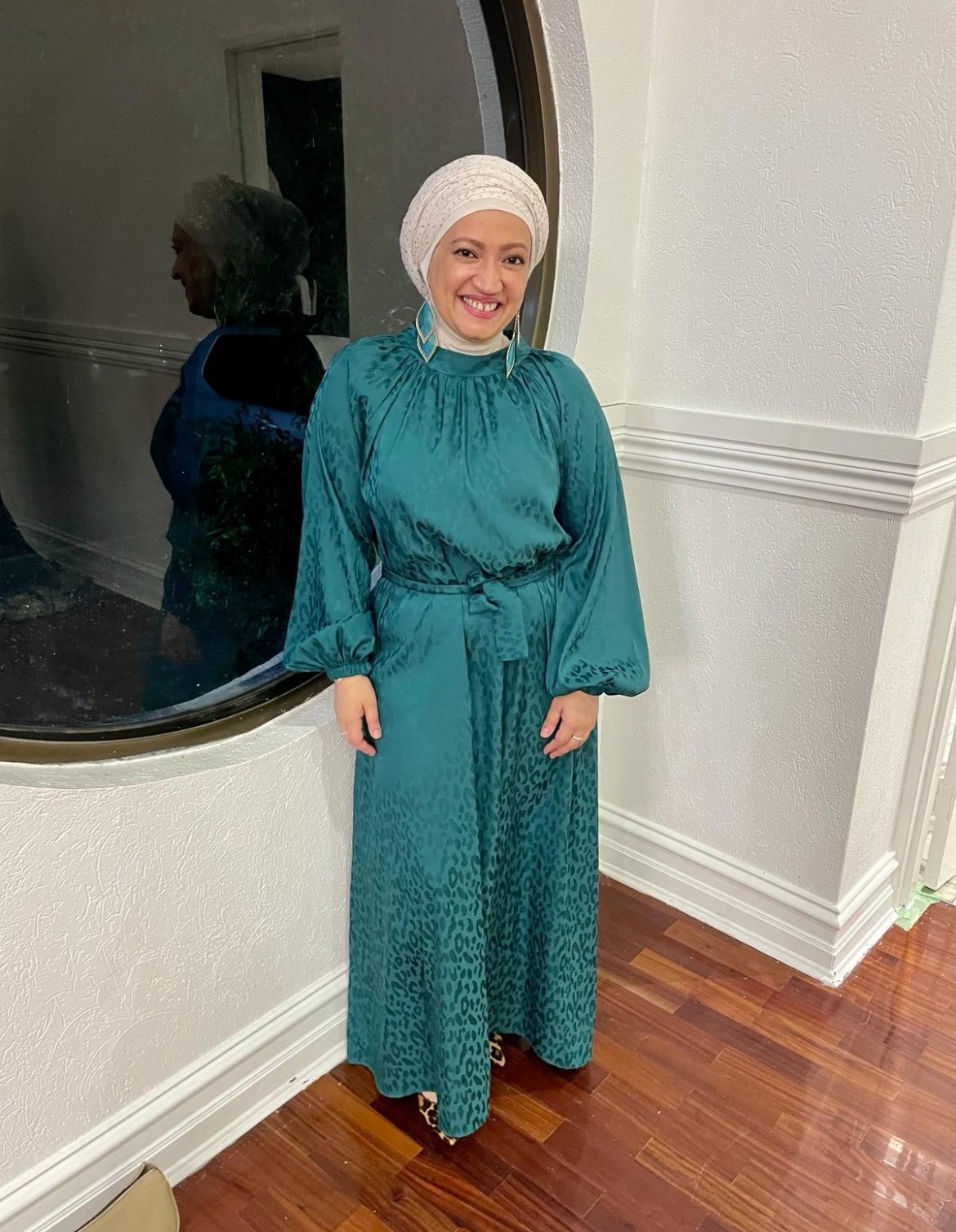
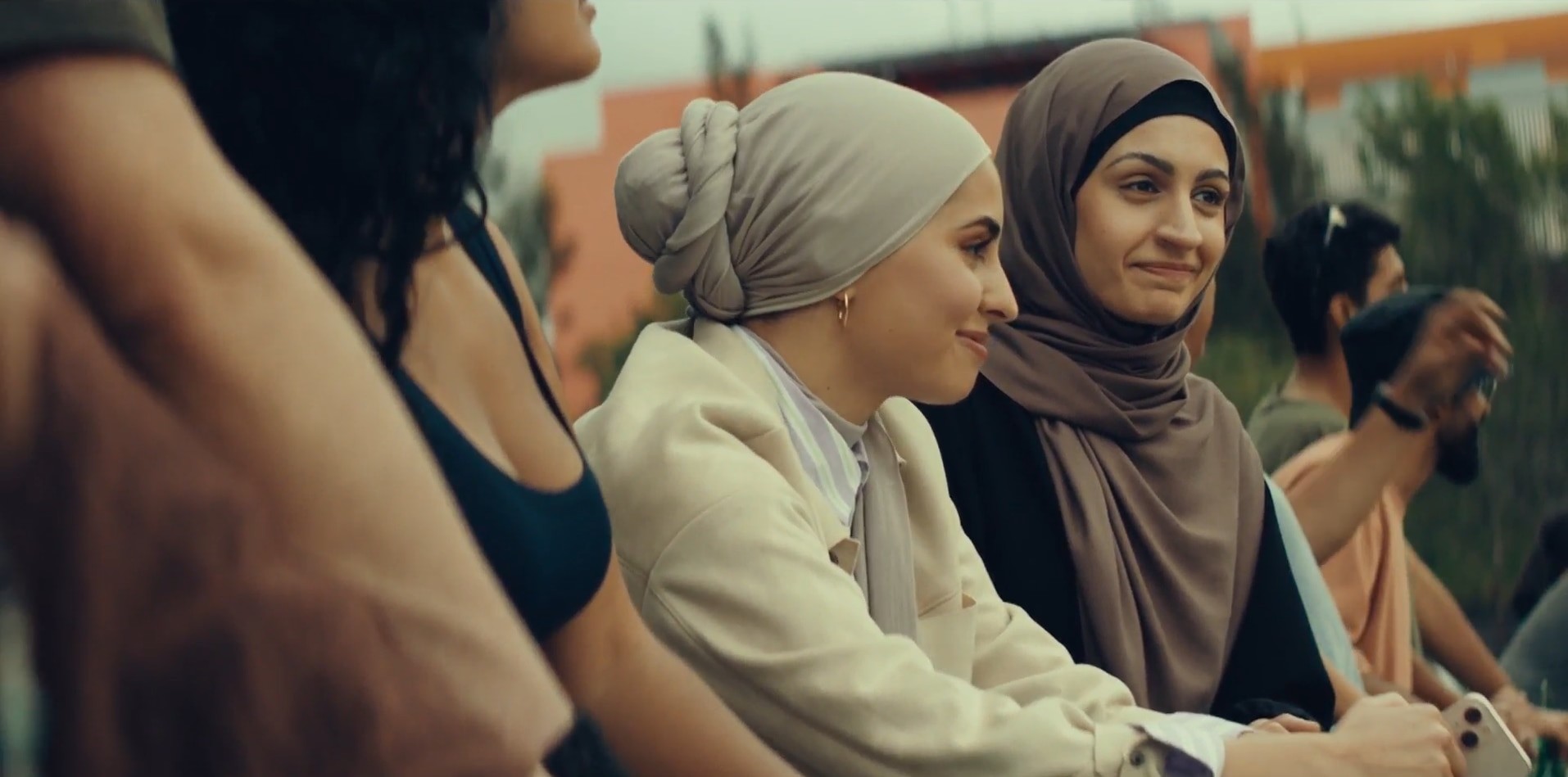
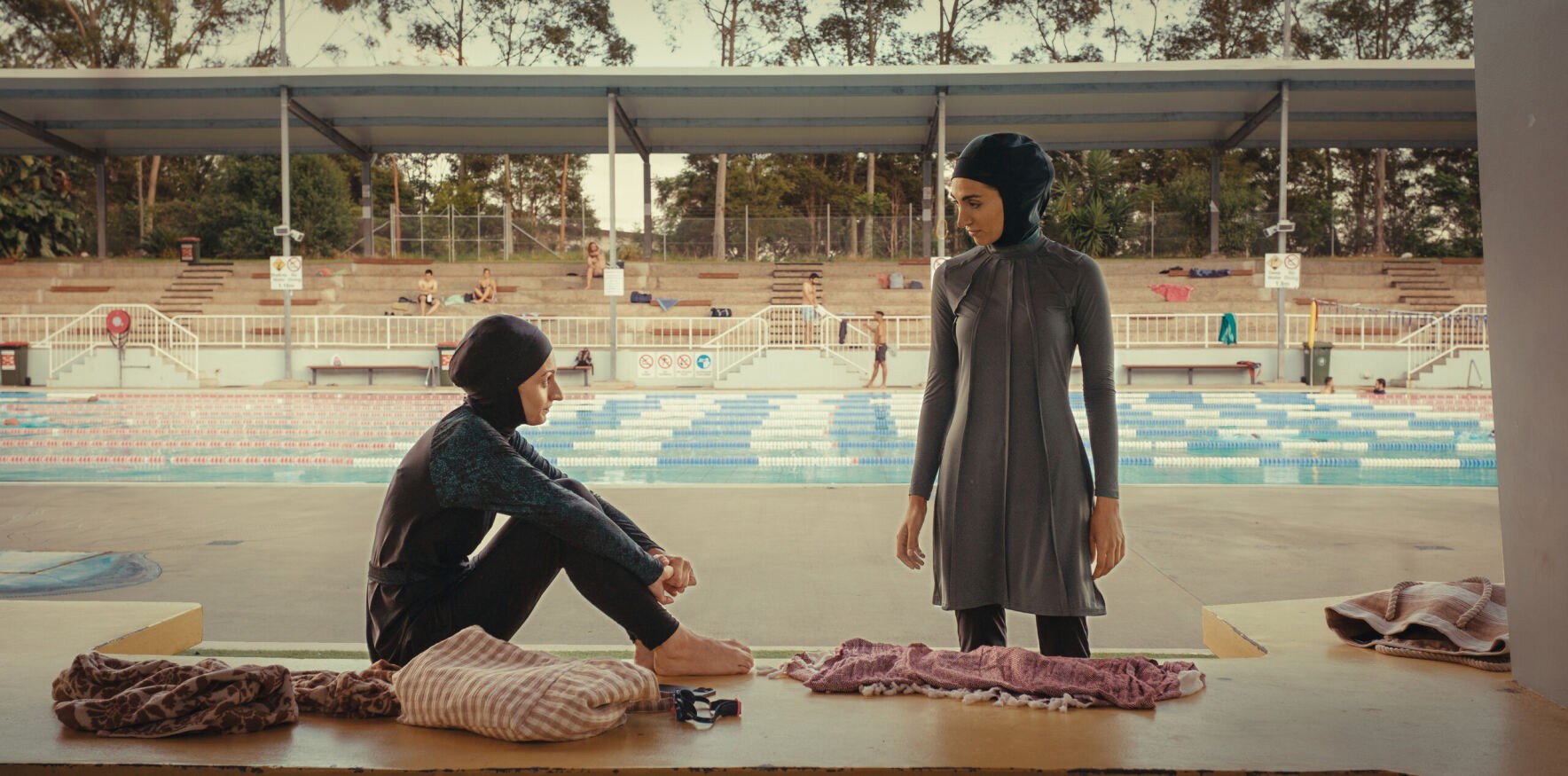
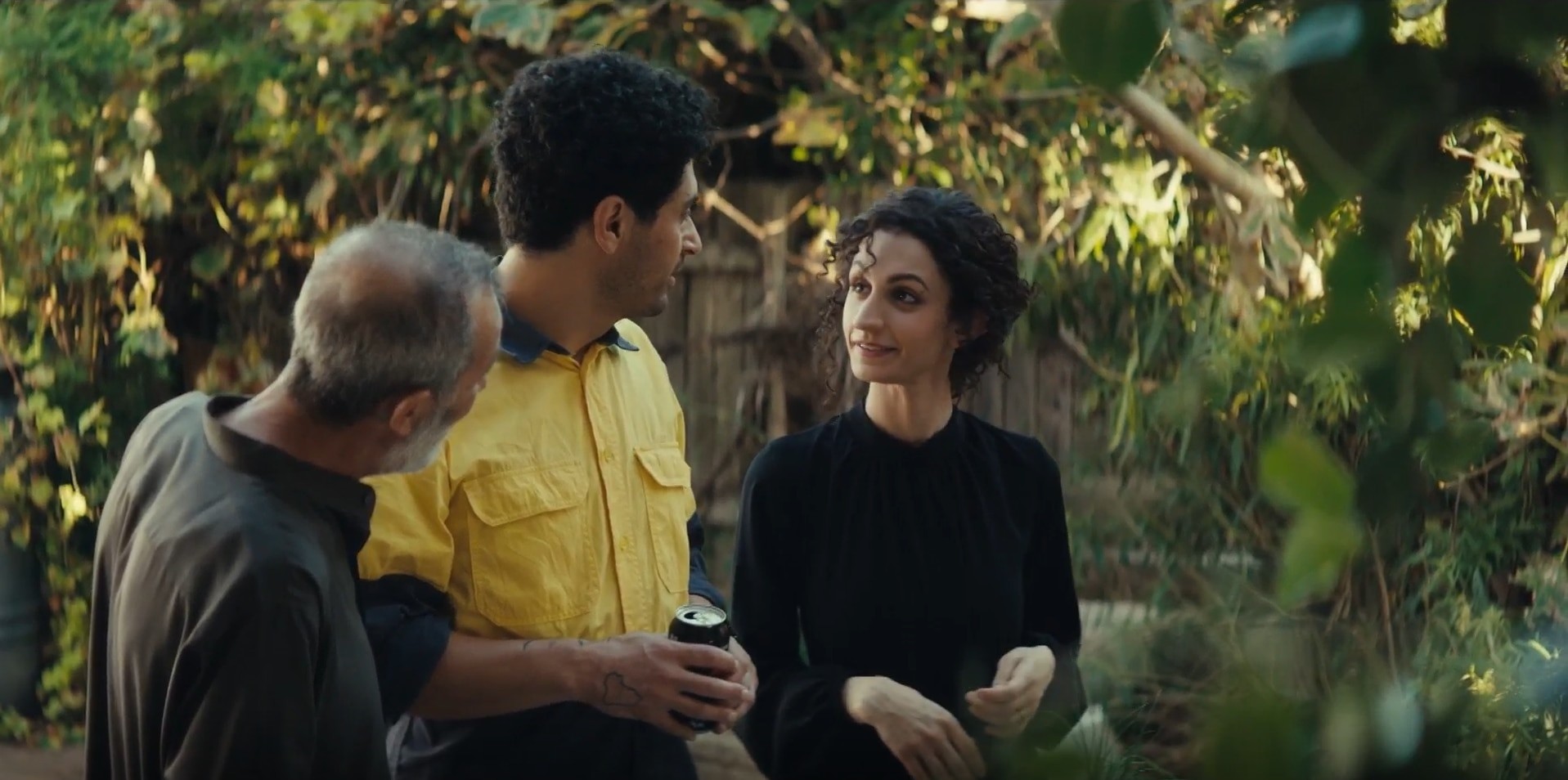
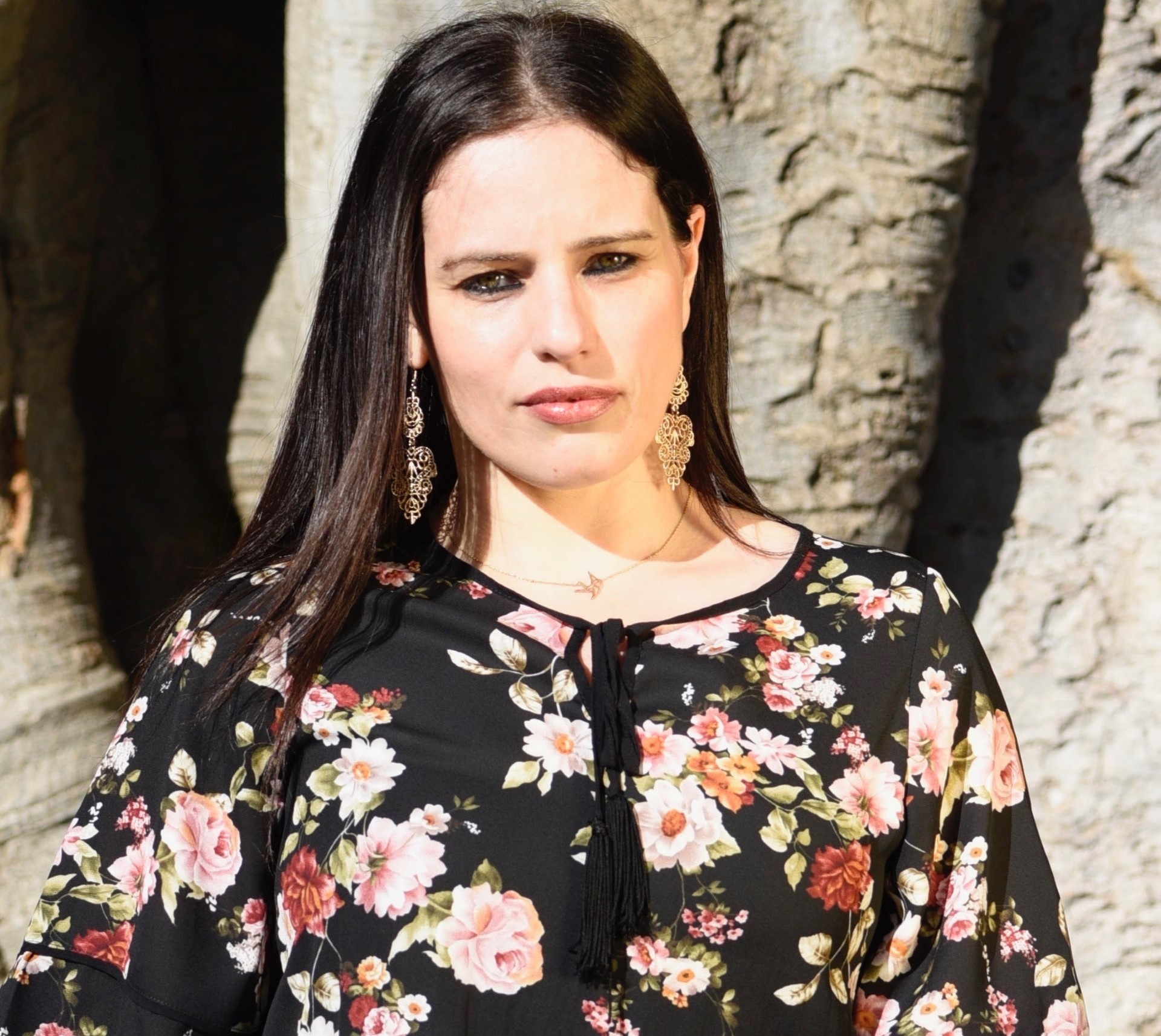

4. Why Do Some Women Cover Their Faces?
While many scholars consider covering the hair compulsory, most agree that veiling the face with a niqab or burqa is an additional form of modesty, not obligatory.
However, some Islamic schools of thought, such as those practiced by the Taliban in Afghanistan, view veiling the face as compulsory. These coverings are also influenced by cultural and national traditions.
5. Is Wearing a Hijab a Choice?
For the most part, yes, wearing a hijab is a personal choice.
Muslim journalist Shazma Gaffoor emphasizes that women are not always forced to wear the hijab, explaining that it is a misconception.
Shazma, who chose to wear a hijab at 20, views it as an integral part of her identity and style. She feels it represents her faith, modesty, and connection to God.
However, Muslim author Amal Awad, who does not wear a hijab, acknowledges that the choice is not always available to all women, especially in certain parts of the world.
6. Empowerment Through Hijab: A Personal Perspective
Many women report feeling empowered by wearing a hijab. Shazma Gaffoor describes her initial experience as liberating.
She explains that wearing a hijab gives her control over how people perceive and interact with her. She feels respected rather than objectified.
7. Inquiring About the Hijab: What’s Appropriate?
Whether it’s appropriate to ask about someone’s hijab depends on the individual and how the question is framed.
Generally, many Muslim women are open to answering questions about their hijab, provided that the inquiries are respectful and avoid clichés and stereotypes.
Shazma admits that some questions, like asking if she feels hot in her hijab, can be tiresome due to their frequency and the underlying assumptions.
8. When is it Acceptable to Remove the Hijab?
Contrary to popular belief, the hijab is not worn at all times.
A woman is only required to wear a hijab in the presence of men who are not her husband or blood relatives. In women-only spaces, wearing a hijab is not mandatory, although some women may choose to continue wearing it.
9. Why Some Muslim Women Choose Not to Wear the Hijab?
While the hijab is considered a requirement in Islam, the Qur’an states, “there is no compulsion in religion,” emphasizing the freedom of choice in religious practice.
Some Muslim women choose not to wear the hijab, opting to observe modesty in other ways. Amal Awad notes that Muslim women are diverse in appearance and may not always appear visibly Muslim. This choice does not diminish their devotion.
10. What is ‘De-jabbing’?
“De-jabbing” refers to the act of a woman choosing to stop wearing the hijab.
Although wearing a hijab is a positive and spiritual experience for many Muslim women, this is not the case for everyone.
Amal Awad, who wore the hijab for a period, eventually decided to remove it after 10 years, influenced by her evolving views on the practice.
5 Main Search Intentions of “Why Do Females Wear Hijab”
Understanding the search intent behind the query “Why Do Females Wear Hijab” is crucial for providing relevant and comprehensive information. Here are five main search intentions associated with this query:
- Informational: Users want to learn about the reasons, motivations, and cultural/religious context behind Muslim women’s decision to wear a hijab. They are seeking factual information and explanations.
- Clarification: Users may have misconceptions or limited knowledge about the hijab and seek clarification on its purpose, significance, and variations.
- Comparative: Users may be interested in comparing the hijab with other types of veiling practices in Islam, such as the niqab or burqa, and understanding the distinctions between them.
- Personal Stories/Experiences: Users are looking for personal stories, experiences, and perspectives from Muslim women who wear or have worn the hijab to gain a deeper understanding of their choices and feelings.
- Social/Cultural Understanding: Users want to understand the social and cultural implications of wearing the hijab, including its impact on identity, empowerment, and interactions with others.
Detailed Breakdown of Hijab Garments
To further clarify the differences between various types of hijab and related garments, here’s a detailed breakdown:
| Garment | Origin | Description | Coverage | Purpose | Cultural Significance |
|---|---|---|---|---|---|
| Hijab | Arabic | A headscarf that covers the hair and neck, but leaves the face clear. | Hair, Neck | To fulfill the Islamic requirement of modesty; a symbol of religious identity. | Worn globally by Muslim women; styles and fabrics vary by region and personal preference. |
| Niqab | Arabic | A veil that covers the face, usually worn with a headscarf, leaving only the eyes visible. | Face (except eyes), Hair, Neck | An extra form of modesty; sometimes considered a religious obligation in certain interpretations of Islam. | Common in some Arab countries, particularly in the Gulf region; often associated with conservative Islamic practices. |
| Burqa | Pashtun | A one-piece veil that covers the entire face and body, with a mesh screen to see through. | Entire Body, Face | Seen as the most concealing garment; historically associated with cultural traditions in Afghanistan and parts of Pakistan. | Primarily worn in Afghanistan under Taliban rule; symbolic of extreme modesty and segregation of women. |
| Chador | Persian | A full-length cloak that is open at the front, usually held closed by hand. | Body, Hair | A traditional garment worn in Iran; symbolizes modesty and adherence to cultural norms. | Commonly worn in Iran, especially in religious settings; often paired with a headscarf. |
| Khimar | Arabic | A long, cape-like veil that covers the hair, neck, and shoulders, extending to the waist or longer. | Hair, Neck, Shoulders, Upper Body | A more comprehensive form of head covering; seen as a more modest alternative to the hijab. | Popular in many Muslim-majority countries; provides more coverage than a standard hijab. |
| Al-Amira Hijab | Arabic/USA | A two-piece hijab consisting of a close-fitting cap and an overscarf. | Hair, Neck | Easy to wear and secure; popular among younger women and those new to wearing hijab. | Increasingly popular in Western countries due to its convenience and practicality. |
| Shayla | Gulf Region | A long, rectangular scarf that is draped over the head and shoulders. | Hair, Neck, Shoulders | Lightweight and versatile; allows for various styling options. | Common in the Gulf region; often made of silk or chiffon and worn for special occasions. |
| Tudung | Malay | A headscarf that is popular in Southeast Asia, particularly in Malaysia, Indonesia, and Singapore. | Hair, Neck | Often brightly colored and made of lightweight fabrics; reflects local fashion trends. | Widely worn in Southeast Asia; seen as a symbol of Muslim identity and cultural pride. |
| Dupatta | South Asian | A long, multi-purpose scarf traditionally worn in South Asia. | Varies (can be worn over the head, shoulders) | Often part of traditional South Asian attire; can be used to cover the head as a sign of respect or modesty. | Common in India, Pakistan, Bangladesh; styles and fabrics vary by region and occasion. |
| Bawal | Malay | Square headscarf folded into a triangle and pinned under the chin. | Hair, Neck | Very popular in Malaysia, easy to style and comes in a variety of materials and designs | Widely worn in Malaysia. Can be worn casually or for formal events |
Impact of Hijab on Professional and Educational Settings
The hijab’s impact extends into professional and educational environments, where it can present both opportunities and challenges.
Opportunities
- Symbol of Identity: The hijab can be a powerful symbol of a Muslim woman’s identity, allowing her to express her faith and cultural heritage in the workplace or classroom.
- Promoting Diversity: The presence of women wearing hijabs contributes to diversity and inclusion, fostering a more understanding and accepting environment.
- Challenging Stereotypes: By being visible in professional roles, women wearing hijabs challenge stereotypes and misconceptions about Muslim women.
Challenges
- Discrimination: Unfortunately, some women wearing hijabs face discrimination in hiring, promotions, or social interactions due to prejudice or lack of understanding.
- Stereotyping: Despite challenging stereotypes, women may still be subjected to assumptions about their abilities or beliefs based on their hijab.
- Navigating Workplace Policies: Workplace policies regarding dress codes may not always be inclusive of the hijab, requiring women to navigate potential conflicts.
Legal and Policy Considerations
Many countries have laws and policies protecting the right to religious expression, including the wearing of the hijab. However, these protections can vary and may not always be fully enforced.
- In the United States, the First Amendment protects religious freedom, allowing women to wear the hijab in most public and private settings.
- In Europe, the issue is more complex, with some countries banning religious symbols in certain contexts, such as public schools or government jobs.
- In Muslim-majority countries, the hijab is often widely accepted and may even be required in certain settings.
Testimonials and Personal Stories
Many Muslim women have shared their experiences of wearing the hijab in professional and educational settings. These stories highlight the importance of creating inclusive and respectful environments where women can feel comfortable expressing their faith.
One woman, a software engineer, shared that wearing the hijab has made her more confident and assertive in her role. She feels it commands respect and encourages people to focus on her skills and expertise rather than her appearance.
Another woman, a teacher, said that her hijab has helped her connect with students from diverse backgrounds. She sees it as an opportunity to educate others about Islam and promote understanding.
FAQ: Common Questions About Why Females Wear Hijab
- Is the hijab mandatory for all Muslim women?
- No, while many Islamic scholars consider the hijab a requirement, the Qur’an states, “there is no compulsion in religion,” leaving the choice to individual women.
- Why do some Muslim women cover their faces?
- Covering the face is seen as an additional form of modesty in some Islamic traditions, though it is not considered mandatory by most scholars.
- Can women be forced to wear a hijab?
- No, the hijab should be a personal choice, and forcing a woman to wear it is against Islamic principles.
- Is it appropriate to ask a Muslim woman about her hijab?
- It depends on the individual, but generally, respectful questions are welcome. Avoid clichés and stereotypes.
- When can a woman remove her hijab?
- A woman is only required to wear a hijab in the presence of men who are not her husband or blood relatives.
- What is “de-jabbing”?
- “De-jabbing” refers to the act of a woman choosing to stop wearing the hijab.
- Does wearing a hijab limit a woman’s freedom?
- Many women feel empowered and liberated by wearing a hijab, viewing it as a personal expression of faith and identity.
- What are the different styles of hijab?
- There are many styles, including the traditional headscarf, niqab, burqa, and more modern interpretations using various fabrics and designs.
- How does culture influence the wearing of the hijab?
- Cultural norms and traditions play a significant role in how the hijab is worn, with variations in style and coverage across different regions.
- Does the hijab symbolize oppression?
- While some view the hijab as a symbol of oppression, many Muslim women see it as a personal choice and an expression of empowerment, identity, and faith.
At WHY.EDU.VN, we understand the importance of providing accurate and reliable information. If you have more questions, visit our website at WHY.EDU.VN, contact us at 101 Curiosity Lane, Answer Town, CA 90210, United States, or WhatsApp us at +1 (213) 555-0101.
Conclusion: Understanding the Diverse Reasons Behind Wearing a Hijab
The reasons why females wear a hijab are as diverse as the women who choose to wear it. From fulfilling religious obligations to expressing personal identity and cultural pride, the hijab holds different meanings for different individuals. It is crucial to approach this topic with respect and understanding, recognizing the agency and autonomy of Muslim women in making this personal choice.
At WHY.EDU.VN, we strive to provide comprehensive and nuanced information on a wide range of topics. If you have further questions or wish to explore other subjects, please visit our website at WHY.EDU.VN. Our team of experts is dedicated to providing accurate, reliable, and insightful answers to your queries. Contact us at 101 Curiosity Lane, Answer Town, CA 90210, United States, or WhatsApp us at +1 (213) 555-0101 for more information.
If you’re seeking answers to complex questions and reliable information, WHY.EDU.VN is your go-to resource. Our platform connects you with experts who provide clear, concise, and trustworthy answers. We address various topics, ensuring you have the knowledge you need.
Are you ready to explore more insights and find the answers you’ve been searching for? Visit why.edu.vn today and ask your question! Let us help you navigate the world of knowledge with confidence.